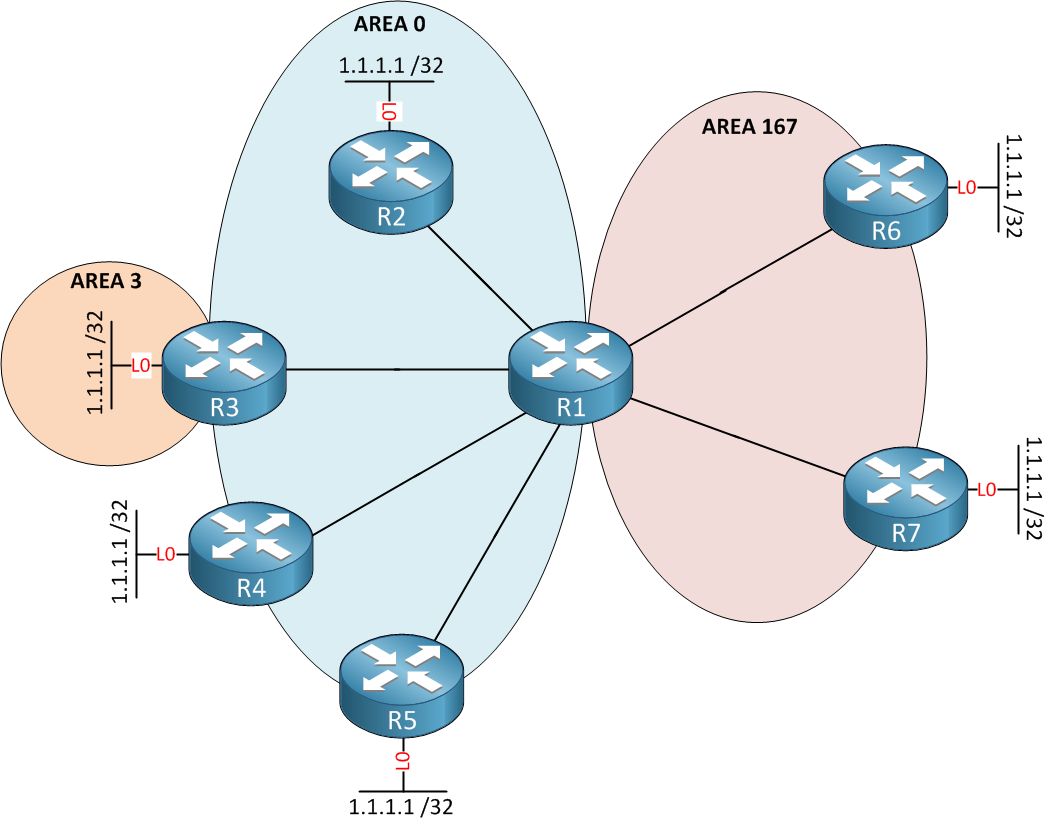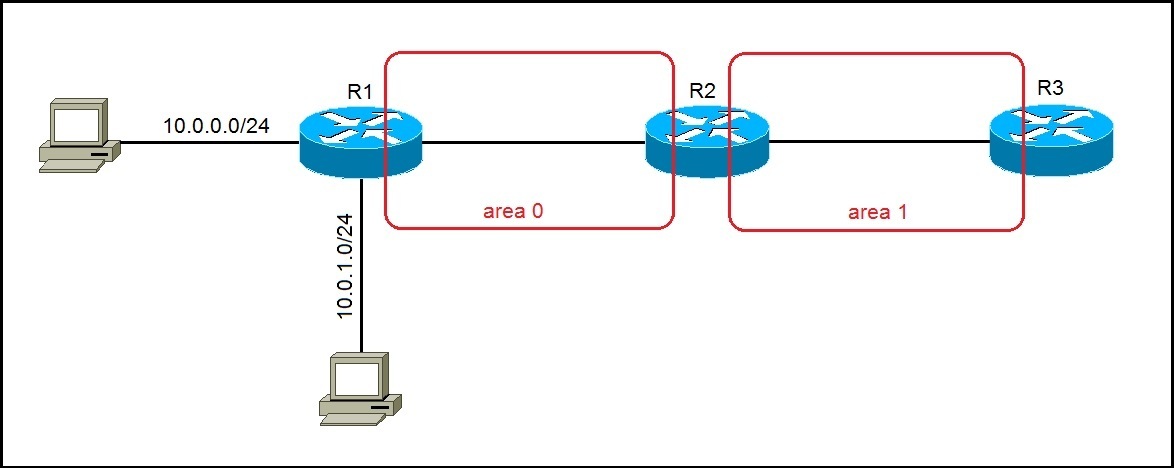

The Type 3 LSA of the network segment 11.1.1.0 generated by the ABR for area 0 and the Type 3 LSA of the network segment 10.1.1.0 generated by the ABR for area 1 are advertised within the non-totally stub area or NSSA.ĭescribes routes to an Autonomous System Boundary Router (ASBR). Area 0 has a network segment 10.1.1.0, and area 1 has a network segment 11.1.1.0. For example, an ABR belongs to both area 0 and area 1. Network-summary-LSAs are generated by an Area Border Router (ABR) and advertised in all areas except totally stub areas and Not-So-Stubby Areas (NSSAs). Network-LSAs are generated by a designated router (DR) and advertised in the area to which the DR belongs.ĭescribes routes to a specific network segment in an area. It is generated by every router and advertised in the area to which the router belongs.ĭescribes the link status of all routers on the local network segment. The router can obtain a new router ID only after a router ID is reconfigured for the router or an OSPF router ID is reconfigured and the OSPF process restarts.ĭescribes the link status and link cost of a router.

If no router ID is manually configured for a router, the router selects an interface IP address as its router ID.

It is recommended that you manually configure a router ID to ensure OSPF stability.A router ID is a 32-bit unsigned integer, uniquely identifying a router in an AS.Ī router ID can be manually configured or automatically selected by a router: A router requires a router ID if it is to run OSPF.


 0 kommentar(er)
0 kommentar(er)
